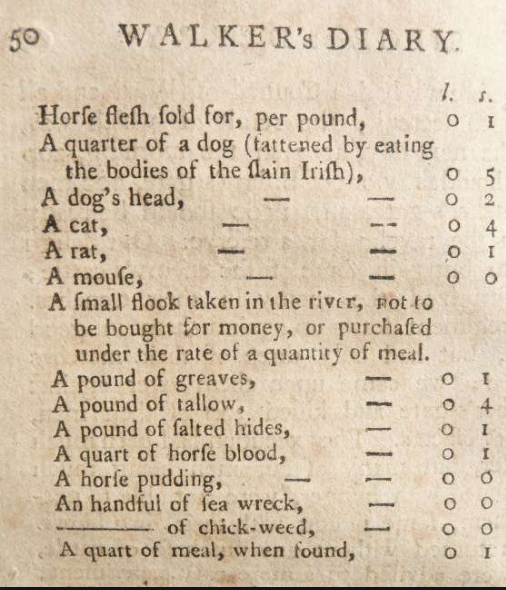1831 census abstracts Co L'Derry
In 1831, the population of County L'Derry was
222,012 (Brian Mitchell –sources for family history, page 5). The 1831 census
recorded the following details – name, age, occupation, and
relationship to head of household, acreage of land, religion (John Grenham –
Irish Ancestors page 22).
The 1831 census has survived for Co Derry in an abridged form. The census contains the names of 40,769 heads of household. So, the census
that has survived for the county is not the original census, which was
destroyed in the fire in the Four Courts in 1922, but abbreviated version, which was housed outside of the Public Record Office and so remains extant.
Brian
Trainor in Familia No 13, Volume 13 (1997, page 61) states that ‘For 1831, for almost all of the parishes in
county Derry, there are extracts from the census giving the names of
heads of households and the number of male and female residents and the
religious affiliations. These extracts were prepared for one of the 114 royal
commissions and 61 special commissions of enquiry into conditions in Ireland,
which were conducted in the period 1800-1840, in this case, the subject was the
‘practise of religion in Ireland’. It seems that the transcript for County
Derry was in the possession of the Ordnance Survey (55th Report
Deputy Keeper p110 & 56th Report p18).
Contemporaries knew
about the census abstracts. In the O.S Memoirs for Dungiven parish (1833-35), CW.
Ligar produces a census table for the townlands of Dungiven based on the
transcripts. On page 26, under the heading ‘1831 census’ the following details
are given, ‘Abstract of the 1831 census
taken by order of the government and amended in 1834 so as to show the
different religious denominations in town and parish of Dungiven, county Derry’.
This suggests that the O.S. department were in possession of a copy of the 1834
transcript in order to prepare for the publication of the memoirs.
It seems that a royal commission had been established to carry out a religious survey of the county using the data from the 1831 returns. Thus, more correctly, these returns should be known as the ‘1834
religious survey of County L'Derry’.
 |
| 1831 census Articlave Lower, parish of Dunboe |
The abridged census gives the name of the head of household, townland address, townland number, number of families present in household, number of males and females present in household; numbers of servants present broken down by male/female. Finally the religious make up of the household is shown under four categories Established Church of Ireland; Roman Catholic; Presbyterian and Other Protestant Dissenter.
THE UTILITY
OF THE 1831 CENSUS.
The census gives the name of over 40,000 heads
of household i.e. every household in the county (unlike the Tithes,
which was basically a census of farmers). The only other source of comparative stature in
the nineteenth century is Griffith’s valuation. As the census gave the religious affiliation of the occupants and
their address, is a useful primer in identifying local church records (where they survived). The
census gives the number of persons present in the household on census night and this statistical aspect of the census is of immense value in determining household size. It is also possible to locate the neighbours of known ancestors and trace patterns of kinship. The census is also a useful tool to determine regional patterns in surname distribution.
The
census returns can also be effective when used in conjunction with other
sources, especially the 1796 Flax returns, tithe records and Griffith’s
valuation together with graveyard inscriptions, estate and church records.
However, a word of caution at this point is necessary. The abstracts are a
transcript of the original census so a secondary source of information. There are errors in transcription. In a search for Alexander Rentoul who I knew resided in Ballyleighery,
Balteagh parish his name was rendered as Alexander Renlat.
The census is searchable online on the NAI platform:
http://www.census.nationalarchives.ie/search/
The census is searchable online on the NAI platform:
http://www.census.nationalarchives.ie/search/



Comments
Post a Comment